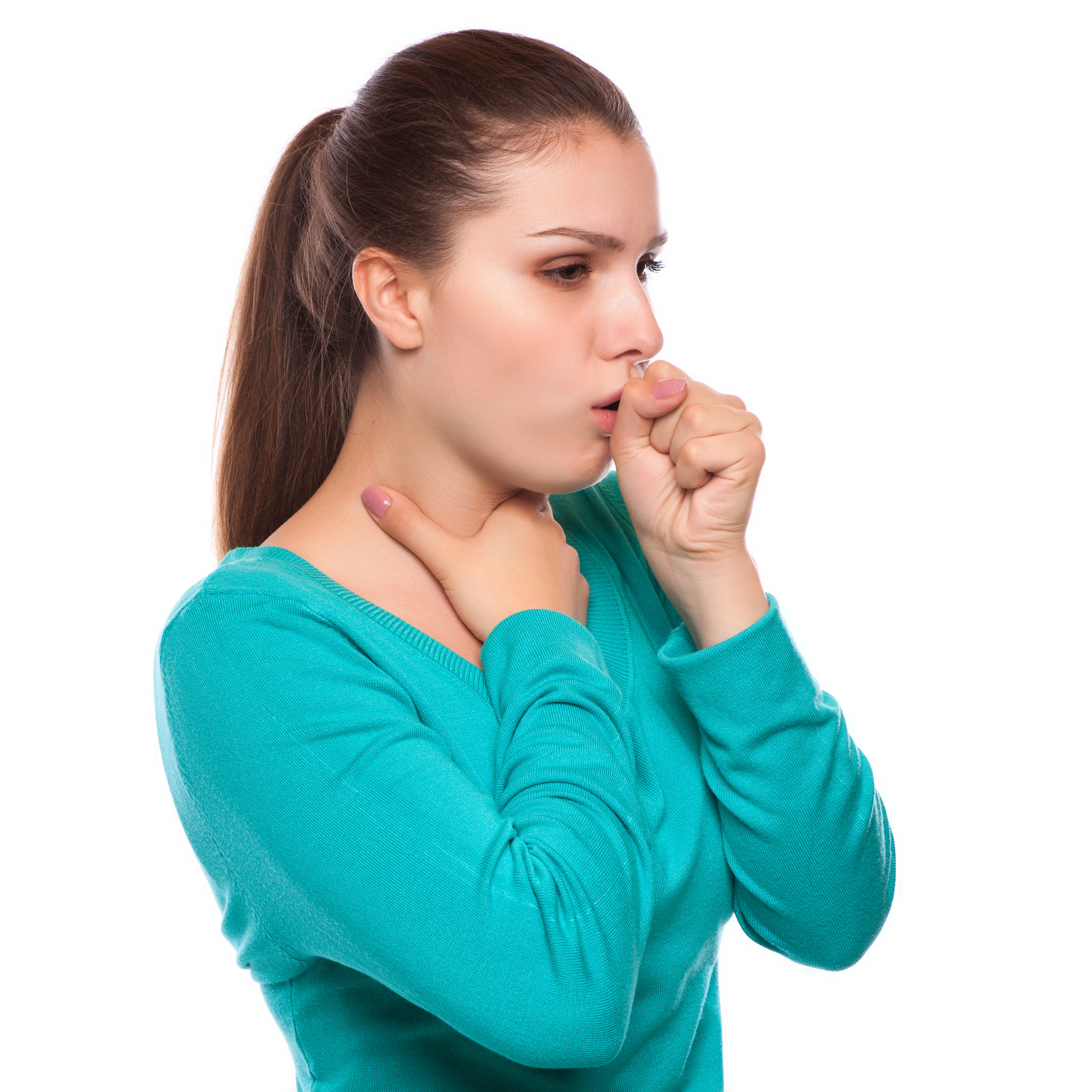Pneumonia can be classified in many different ways. It can be based upon:
Manner of acquisition
- Community-acquired pneumonia. This type developed outside the hospital. This is the more common type of pneumonia.
- Hospital-acquired pneumonia. This type occurs when an individual is hospitalized for another condition then acquires pneumonia. This is more serious because it develops in immunocompromised patients.
- Aspiration pneumonia. This is caused by the inhalation of food or drink, saliva, or vomit in the lungs
The way inflammatory cells infiltrate the tissue
- Bronchopneumonia. Appears as patchy infiltrates of inflammation in the air sacs throughout the lungs, in the X-ray film.
- Lobar pneumonia. This affects one lobe of the lung including all the air sac in that lung.
- Lipoid Pneumonia. This is characterized by the accummulation of fats in the air sacs.
Type of organism that causes inflammation
- Bacterial pneumonia. The most common organism that causes pneumonia is the Streptococcus pneumoniae . Other bacteria that causes the atypical type of pneumonia are the Legionella pneumophila, Mycoplasma pneumoniae, and Chlamydophila pneumonia.
Symptoms of pneumonia caused by bacteria in otherwise healthy people younger than 65 usually come on suddenly. Symptoms may include:
- Cough, often producing mucus, that appear rusty or green or tinged with blood
- Fever
- Shaking or chills.
- Fast, often shallow, breathing
- Feeling of being short of breath
- Chest wall pain that is often made worse by coughing or breathing in
- Fast heartbeat
- Feeling very tired or weak
- Nausea and vomiting
- Diarrhea
Nonbacterial pneumonia. This may be due to viruses, such as Influenza virus, respiratory syncitial virus, and other viruses; or it may be due to fungi, incuding Cryptococcus, Histoplasma, and
Symptoms of pneumonia not caused by bacteria may come on gradually and are often not as bad or as obvious as symptoms of bacterial pneumonia. Symptoms may include:
- Fever
- Cough
- Shortness of breath
- Little mucus when you cough
In children, symptoms may depend on age:
- In infants younger than 1 month of age, symptoms may include having little or no energy (lethargy), feeding poorly, grunting, or having a fever.
- In children, symptoms of pneumonia are often the same as in adults. Your doctor will look for signs such as cough and a breathing rate over 60 breaths a minute.


